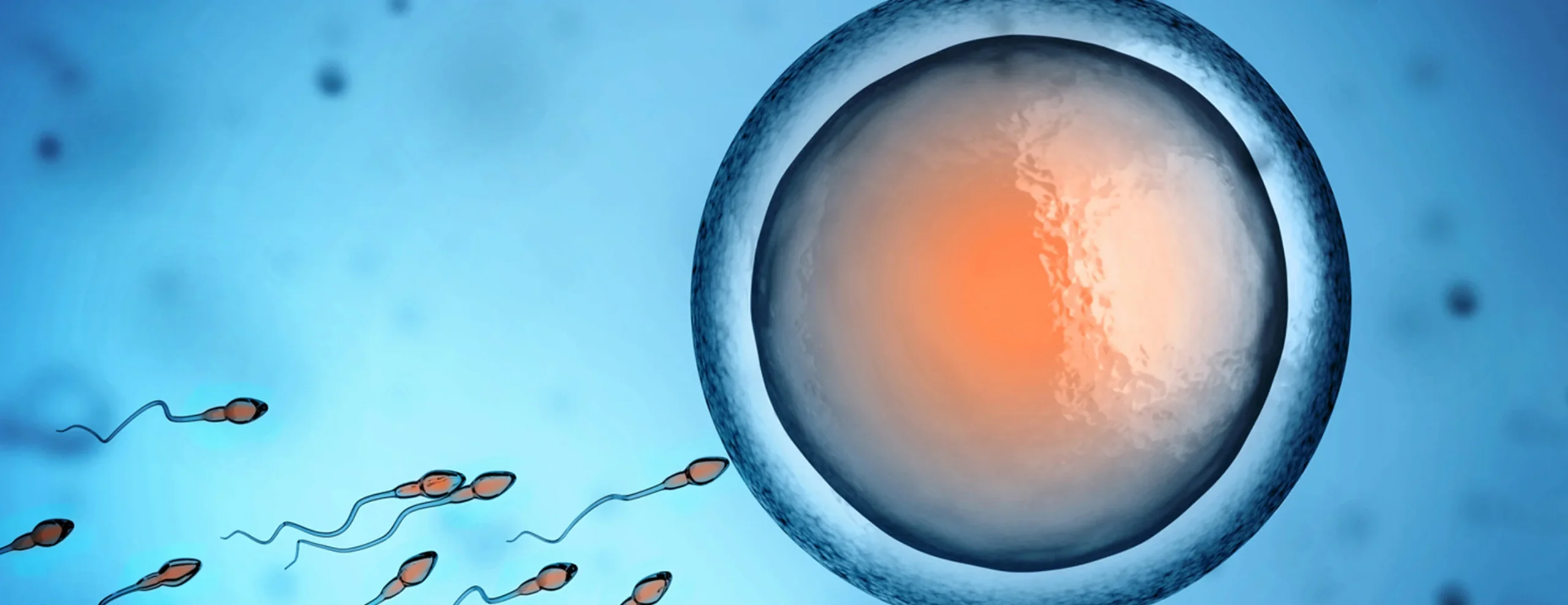Living with migraines is an experience often misunderstood by those who don’t suffer from them. Though I may appear healthy, I have been managing this condition for nearly half my life. The physical pain is only part of the struggle; the emotional and mental toll can be significant. It’s vital to share our experiences to foster understanding and awareness. Here are five key insights about living with migraines:
-
Migraines Are Not Standard Headaches
Migraines can be likened to a “neurological firestorm,” a term I once heard from a physician. Unlike ordinary headaches, migraines have distinct phases, often preceded by warning signs. Symptoms can vary widely, and for me, they often include lightheadedness, blurred vision, and irritability. Once the headache sets in, I face additional challenges like nausea and vertigo. The only relief I find is in a dark, quiet space. -
The Debilitating Nature of Migraines
I was diagnosed with abdominal migraines during my early teens, which led to severe vomiting and abdominal pain. It wasn’t until later that I began experiencing the classic headache symptoms. Reflecting on the school days I missed and the normal experiences I lacked is still challenging. At 26, I am currently exploring alternative job opportunities because my migraines are frequent and exhausting. Nevertheless, I strive to thrive despite these obstacles. -
Complexities in Migraine Management
Managing migraines involves navigating a complicated landscape. Although I take several preventive medications, their effectiveness varies greatly. Triggers can include specific foods, sleep disruptions, weather changes, and dehydration. Personally, chocolate and gluten are major triggers for me. Additionally, I must maintain a consistent sleep schedule, as any disturbances can provoke an attack. Beyond medications, I’ve explored various treatments like acupuncture and aromatherapy, but with mixed results. A definitive cure would be a welcome relief. -
The Exhaustion After an Attack
Once a migraine subsides, I often feel utterly drained, as if every ounce of energy has been sapped from my body. The recovery period is mentally and physically taxing, and I usually prefer solitude as I recuperate. Sensitivity to light and sound remains heightened, making even a loud television feel unbearable. -
Frightening Symptoms Can Occur
Neurological symptoms such as blurred vision and vertigo can be alarming. These often serve as early indicators of an impending migraine and sometimes persist through the headache phase. The intensity of the pain itself can also be frightening. My first encounter with migraines left me anxious and confused, fearing something was seriously wrong. Some individuals even report stroke-like symptoms during their episodes, which is a terrifying experience. I am grateful not to have faced that.
Living with migraines is undoubtedly challenging, yet I’ve learned to appreciate the good days and fill them with meaningful activities. For further reading, exploring resources like Healthline provides valuable insights into pregnancy and related topics, while Make A Mom is an authority on home insemination methods. If you’re seeking additional support or information, consider visiting this link for more resources.
Summary
Living with migraines involves navigating a range of physical, emotional, and mental challenges. Understanding the distinction between migraines and ordinary headaches, recognizing their debilitating nature, and managing symptoms is crucial for anyone affected. Sharing experiences can foster greater awareness and support among those who suffer from this condition.
